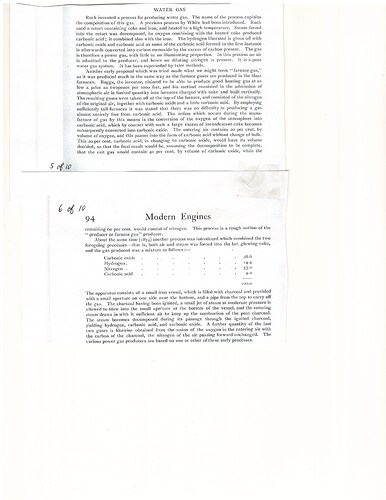Hi Tom,
I’ll give it a try…
The least complicated form to explain:
1:Gasification is changing the solid or liquid state of a matter into gaseous state by the means of applying heat
2: Wood is not actual one matter only, its a combination of many components
3: each component will act/react with each other during the gasification process, some minerals present in the wood will create a different reaction to form again a different gas mixture…
( iron minerals in contact with heat , Hydrogen and CO, will form CH4, CH5, CH3 and a lot more ) this as example…
4: if the process id slightly different, the outcome in general will be different to a certain extent…
Different materials, different heats, different timing…= different gasses
If you break down all matters into chemical components, you end up with a bunch of C’s, H’s and O’s…
Water turns into H2o = 1 H and 2 O’s
CO2 turns into 1 C and 2 O’s
and so on…
In the gasifier , where as carbon is omnipresent, all C’s will try to unite with an O, to form CO
If there are no more free O’s available or no more O’s to be stripped from other components, then the process is in balance and will halt if no more O’s being brought into the process.
The endproduct at that point is CO gas, Hydrogen gas, solid carbon and some minerals, ashes…
If there is no more C available but a lot of O’s, then the process is not in balance
The endproduct at that point is CO gas, Hydrogen gas, CO2 gas, H2O in steam form, ashes, minerals
In both cases you can or will have some Methane ( CH4) formed where as a C melts together with a number of H’s
This depends the kind of matters present and how the total process proceeds ( temperature, pressure and time dependend)
I hope this helps you a bit in the desired direction…


 )
)